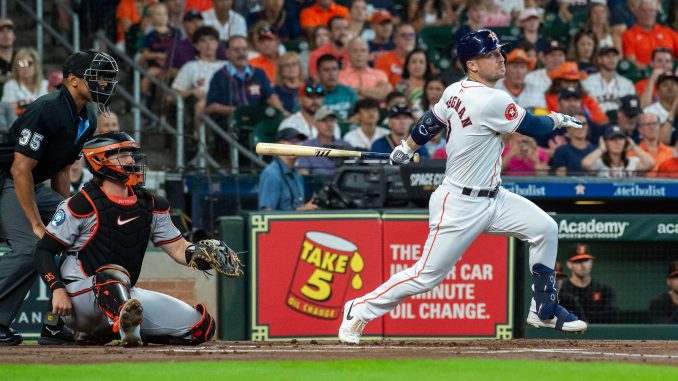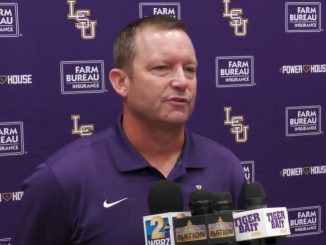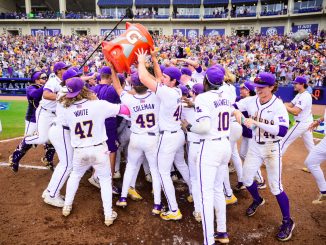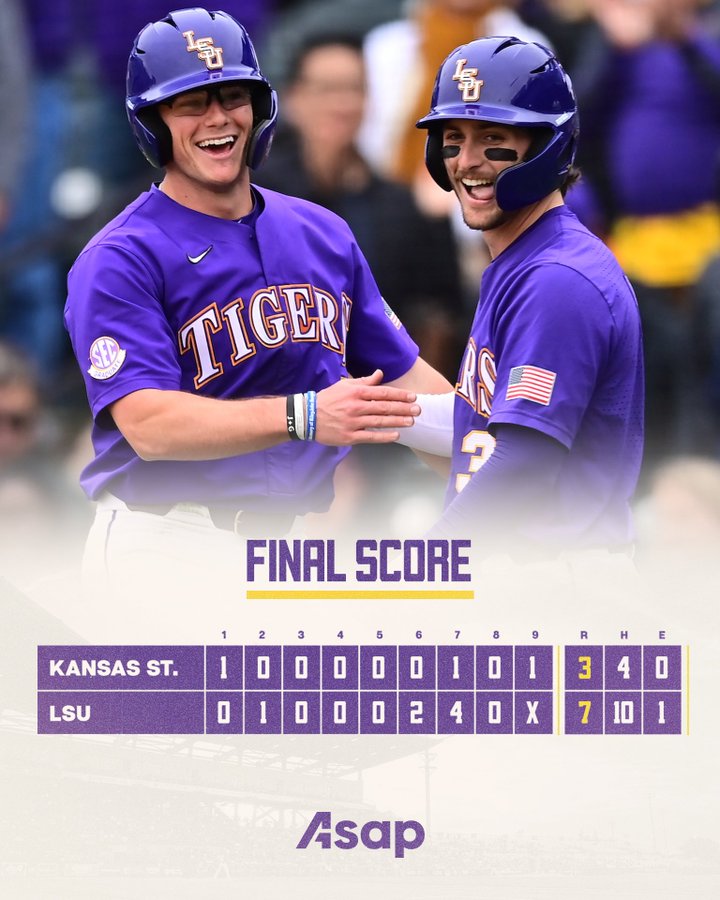
When Willie Howard Mays died a few weeks ago, baseball lost its greatest living Hall of Famer. Mays packed enough muscle on his 5-10 frame to be the most feared slugger in the game during his era and patrolled centerfield with irresistible quantities of grace and swagger to define the position forevermore.
He was the most charismatic player the game produced in the second half of the Twentieth Century and would likely have retired as the leading home run leader if not for performing most of his career in the wind tunnel of Candlestick Park in San Francisco and losing two of his best years to military service during the Korean War.
Mays played professionally in the Negro League when he was 17. The most beautiful specimen in the history of the game was named after the most obese president in William Howard Taft and was taught school in rural Alabama by the mother of future U.S. Secretary of State Condoleezza Rice. Mays and fellow Hall of Famers Henry Aaron and Willie McCovey were born in the 1930s just 16 miles apart in segregated Alabama. The trio combined for an astounding 1,936 MLB home runs.
Four years after Jackie Robinson broke the color barrier, Mays started his Major League odyssey with the New York Giants in 1951 when Harry Truman was president. He finished his spectacular voyage through the American Pastime with the New York Mets in the seventh game of the World Series in 1972 with Richard Nixon in the Oval Office.
Mays ranks No. 6 all-time with 660 homers. He played for three teams, was on 24 All Star teams, wore No 24, and died on June 18 at 93. He won 12 Gold Gloves, won a World Series in 1954 and stole 339 bases. Each of those numbers is divisible by three, which in Hebrew means life, harmony and wholeness. He was the complete player who loved the game so profoundly that he used idle time to play stickball in the streets with kids while he was in his prime.
The total MLB payout for Mays in his brilliant tenure was $1,825,000.
Mays had great teammates in McCovey, Juan Marichal and Bobby Bonds, who asked his outfield mate with the Giants to be the Godfather of his son, Barry Lamar Bonds. Barry reigns as the career leader in home runs with 762, although he remains blocked from the Hall of Fame due to steroid use.
Barry was great before he succumbed to pharmaceutical engineering, and he ranks as the best MLB player to have played in college. Bonds reports a degree from Arizona State University which means there are only two of 27 players with 500 MLB home runs to also possess a college diploma.
The other is the Phillies Mike Schmidt who led the National League in homers eight times, won 10 Gold Gloves and received three MVP awards while averaging more assists game (2.28) than any other third baseman, including Brooks Robinson (2.16 assists per game). The rangy redhead did it while playing most nights on artificial turf with the ball rocketing through the infield of Veterans Stadium and at visiting parks in St. Louis, Pittsburgh, Montreal and Cincinnati.
It is curious the best players in the National League from 1951 to 1987, Mays and Schmidt, played simultaneously in 1973 when Mays hit .211 for the Mets in his final season and Schmidt batted .196 for the Phils in his rookie year.
The best MLB standout to have played at LSU is Albert Belle, who does not have Cooperstown numbers, but should certainly be a member of the LSU Athletic Hall of Fame. Belle also has a degree, clouted 381 career homers in the Big Show and is the lone player in the annals of baseball to have 50 homers and 50 doubles in the same season.
Belle blasted 52 doubles and 50 homers in 1995 with Cleveland and in 1998 had 48 doubles and 49 home runs for the White Sox. The fact that LSU’s most prolific baseball stalwart in Belle is not in the Hall of Fame at Tigertown and the most iconic basketball standout in Pete Maravich is banned from the school’s athletic shrine is criminal.
LSU has captured seven College World Series titles but boasts zero Major League Hall of Famers. Current players Aaron Nola, Alex Bregman and Paul Skenes are future candidates, but Nola and Bregman have stats that are required to get halfway to Cooperstown, and they are in their early 30s. The 22-year-old Skenes has opened his career with the Pirates with a bolt equal to his 100.9-mph fast ball, but he must stay healthy for a decade to garner consideration for the game’s highest honor.
Nola at press time has accumulated 99 career wins in his tenth season with Philadelphia. He is 9-3 in 16 starts this season. With a 99-74 record, 3.70 ERA and 1,672 strikeouts in 1,523 innings, his numbers dwarf those accumulated by Ben McDonald in nine MLB campaigns. Big Ben was 78-70 with a 3.91 ERA and 894 strikeouts in 1,291 innings.
Curiously, Nola has tossed more than 10,000 pitches in Philly with nine of them exceeding 96-mph. Of those, one-third of his swiftest fastballs were thrown when his brother, Austin, was at the plate. Austin was one for five against his brother with one walk and two strikeouts.
Baseball is a sport with its top prospects generally entering the minors out of high school. Football has college factories acting as farm leagues for the NFL. With three fewer national titles in football than in baseball, LSU salutes a half-dozen Pro Football Hall of Famers in Jim Taylor, Y.A. Tittle, Steve Van Buren, Johnny Robinson, Kevin Mawae and Alan Faneca.
Collectively, the six Pro Football Hall of Famers earned less than Joe Burrow has pocketed in his four-year tour of the NFL.
Burrow signed a seven-year $275 million contract last year with Cincinnati while Nola inked a seven-year $172-million agreement this year. Bregman is in the final year of a five-year $100 million deal with Houston and stands to get more to stay employed next season. A sub-par first half of 2024 will hurt Bregman, but somebody will take a chance on him.
Shaquille O’Neal earned approximately $292 million in his NBA career in salary and secured more compensation from numerous media and business ventures.
Athletes in all professional sports owe Mays, who with Mickey Mantle, became the first stars of the small screen as television began reaching American homes. In 1950, Americans had six million television sets. By 1960, the number was 60-million sets.
Willie Mays was enthused to be at the center of the new media universe, and a generation was overjoyed to be in his orbit.




Be the first to comment